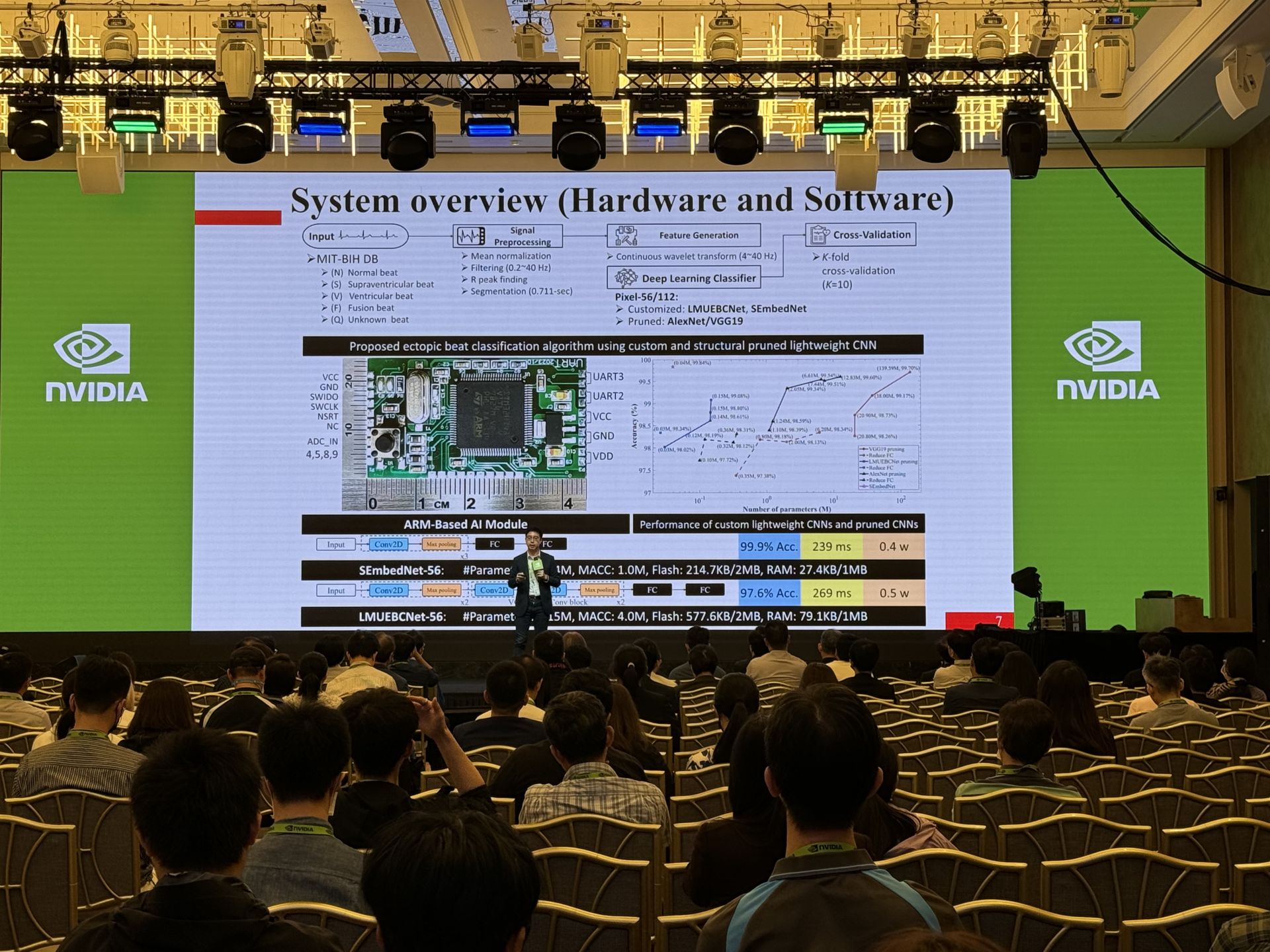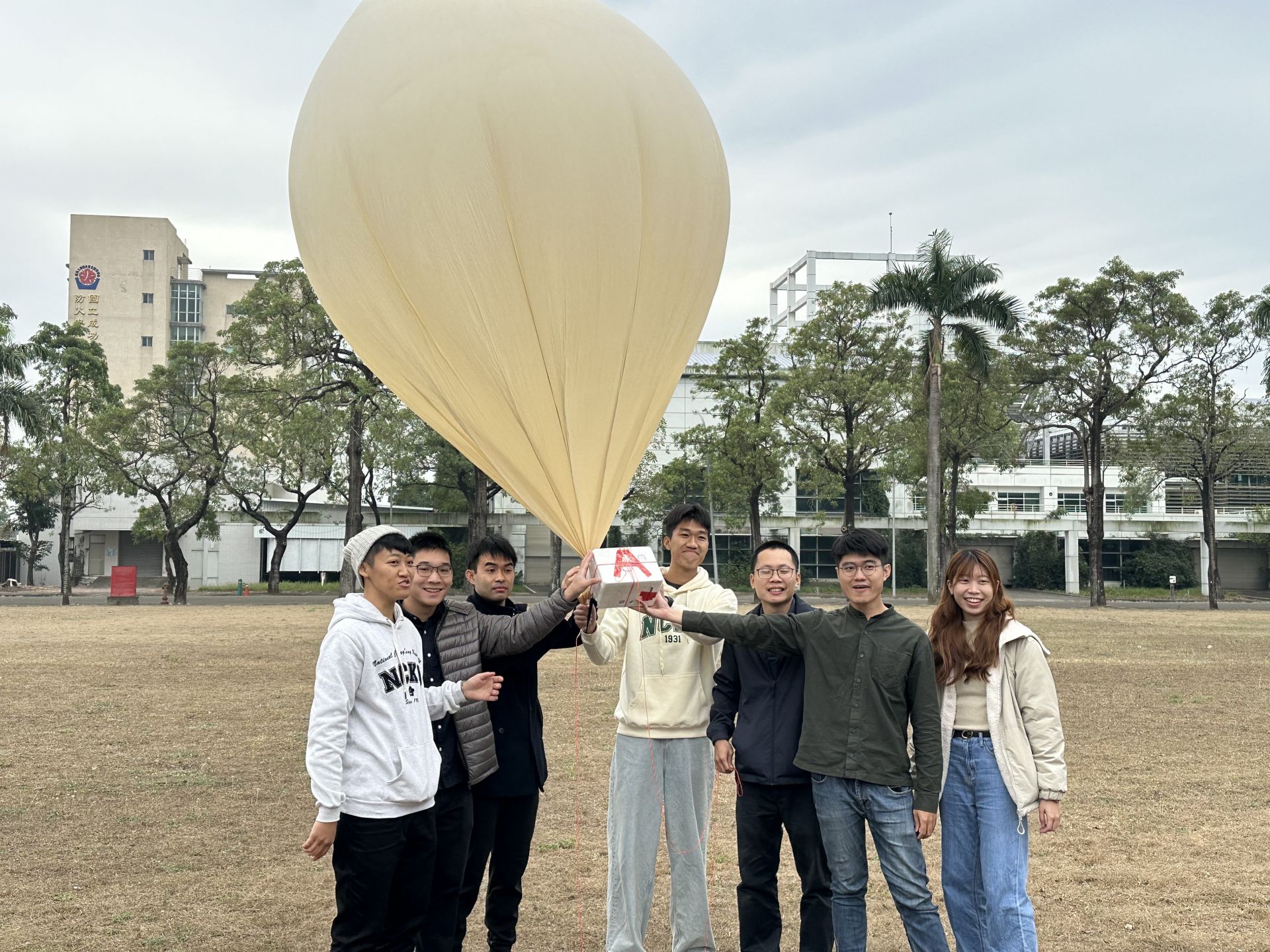Pin Chieh Wu Reported on a Leading Journal Thrice on Developing Ultra-thin Lens and Bringing Chance of Nano Optical Application
Pin Chieh Wu of the Department of Photonics, NCKU Has Been Reported on a Leading Journal for the Third Time
“Not only the cell phone, but also its lens can be made thinner!”Pin Chieh Wu, the assistant professor of the department of Photonics, NCKU and his research team used metasurfaces, a kind of special artificial material, to design an ultra-thin plane lens. They used only a thousandth of the thickness of a normal lens to achieve the focus effect, raising the application value of traditional metallic nanomaterial. And through combining smart calculation and the development of research platforms, it will be helpful for the technological breakthrough of facial recognition systems, drones, self-driving cars and sweeping robots,etc., realizing more possibilities in the future.
A glimpse into the mysteries of the metasurfaces from nanooptics
"Nanooptics" means the study of the properties of light at the nanoscale, and the manipulation of light by changing the nanoscale structure. Pin Chieh Wu of the Department of Photonics, NCKU pointed out that the Metasurfaces developed under nano-optics are man-made materials, which are different from the atoms or molecules that exist in nature. This kind of man-made materials need to be produced through the semiconductor process, so the interaction between atoms and the overall structure can be controlled by humans, and further achieve the optical properties that general natural materials can not do, meeting human expectations of emerging technologies.
Manufacture of ultra-thin flat optical components - Metal type ultra-thin lenses
With the development of nano optics in the past 20 years, scientists have invested in the research and development of nanoscale artificial components - "nanoscale metasurfaces components", expecting to miniaturize optoelectronic components and attempt to make the common "lens" products smaller and thinner.
In order to develop thinner lenses, instead of choosing semi-conductor or insulator superfine lenses with higher focusing efficiency but cumbersome fabrication process, Pin Chieh Wu 's team focused on the advantages of metallic conductive particles, overcoming the lack of focusing efficiency of metallic conductive particles, mixing two different characteristics of artificial atoms, and finding new physical models to develop high-performance ultra-thin lenses with simpler fabrication process and more pure materials to improve optical performance. In 2022, the research team published the results of this research in Laser & Photonics Reviews, a leading journal in the field of optics.
Wu said that the thickness of common focusing lenses ranges from microns to millimeters, but the thickness of their metallic lens is only 350 nanometers with the use of "mixed type metasurfaces atoms". "Assuming a typical smartphone lens contains 8 to 15 lenses, by replacing one of them with our lens, the thickness can be reduced by nearly 1,000 times. " This result will be of great help to the development and miniaturization of advanced optoelectronic components and systems. In the future, not only cell phone lenses, but also cameras, AR/VR glasses and other devices will have the opportunity to become thinner and lighter.
Optoelectronics scholars combine smart computing to make lightwave scanning more sophisticated
In another work, Pin Chieh Wu combined his expertise in nano-optical component design, development and integration with an original intelligent computing technique, Genetic-Type Tree Optimization (GTTS), developed by Associate Professor ChiaHsiang Lin of the Department of Electrical Engineering, to produce a superb metasurface component with excellent performance. In 2021, the results of their collaboration were published in Nano Letters, a leading journal in the field of applied physics.
Compared to most scholars who use "topology optimization" (a research method or definition widely used in mathematics, materials, and physics) to design irregularly shaped nanoscale optical components, which are only applicable to passive components; Wu's collaboration with Lin gives the "beam deflector" in the scanning instrument a more precise deflection angle to achieve more accurate spatial resolution and sensitivity, which can be applied to both passive and active components, expanding the range of applications and providing new ideas for future practitioners of optical radar (Lidar) development.
In addition, in collaboration with Prof. Harry Atwater of Caltech, Wu has developed an active nano-optical platform that can be applied to study the optical properties of materials, and has demonstrated for the first time an active metasurface element with three polarization states controlled by near-infrared wavelengths. The results will be published in Advanced Optical Materials, a leading journal in the field of optics, in 2021, and are expected to advance fundamental research and technological applications in the fields of materials analysis, optical information encryption, three-dimensional imaging, and quantum optics.
Teaching and learning from his own experience
Pin Chieh Wu has been studying physics all the way from university and has been interested in the thousands of variations of "light" for a long time. Compared with advanced physics theories, he prefers practical applied physics, so he started from basic courses such as electromagnetism and quantum physics to applied technology courses such as solar energy and optics during his university years, and has been taking advantage of the boom of Taiwan's optoelectronic industry and the development of nanotechnology to step out of his own exploration of nanoscale optics.
He mentioned that in addition to sharing his knowledge and experience with the students, he can also get a very different knowledge and ideas from them. With the mentality of learning, working, and growing together, he has come to realize the most fascinating aspect of scientific research. "I am very grateful for the lovely and lively group of students who have worked together since joining the university, and for the support and encouragement from the department and the university.”Wu also spared no effort in teaching. As he has been studying in the Department of Physics all his life, he believes that all formulas can be "internalized into concepts", and he tries his best to teach mainly concepts and formulas as a supplement to his own learning experience so that students can understand the connotations of various disciplines and research fields from the simple to the complex.
In February 2019, Assistant Professor Pin Chieh Wu established the Meta-optics Laboratory in the Department of Photonics at NCKU, focusing on nano-optics and nanophotonics, from fundamental physical analysis to practical applications, especially in the fields of biomedical sensing, display color control, material detection and analysis, surface plasmonics for solar cells, man-made superlattices, and superlattices for optical manipulation.
To date, P. C. Wu has published more than 60 research papers in international journals with more than 6500 citations (H index of 37). He has also co-organized many international conferences on nano-optics/superfine interfaces with overseas scholars. He is also an invited reviewer for many international journals such as Science, Nature Communications, Optics, ACS Nano, Nano Letters, ACS Photonics,Laser, and Photonics Reviewers.
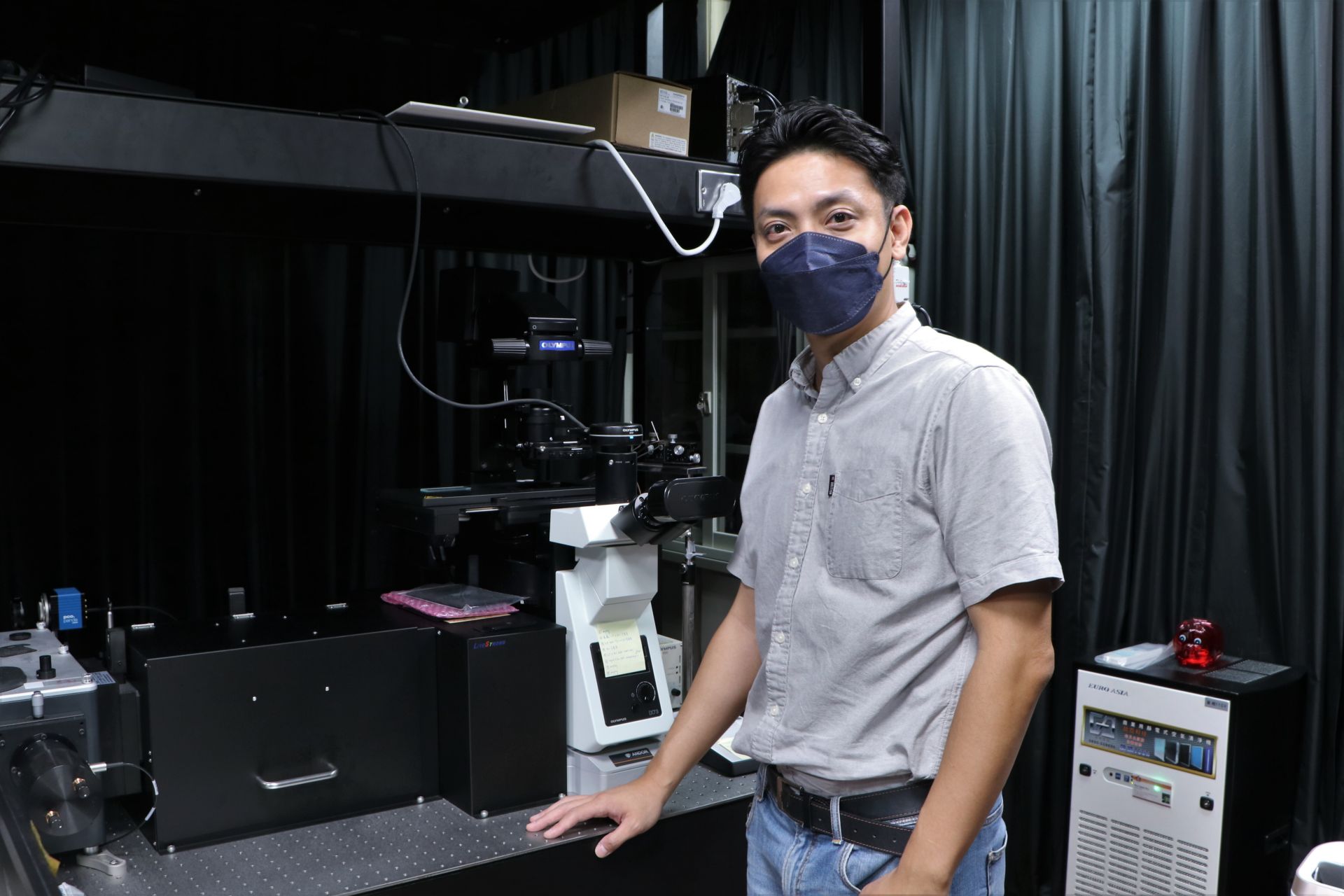
Pin Chieh Wu’s team shines in the field of nanoscale optics and ultra-synthetic components.
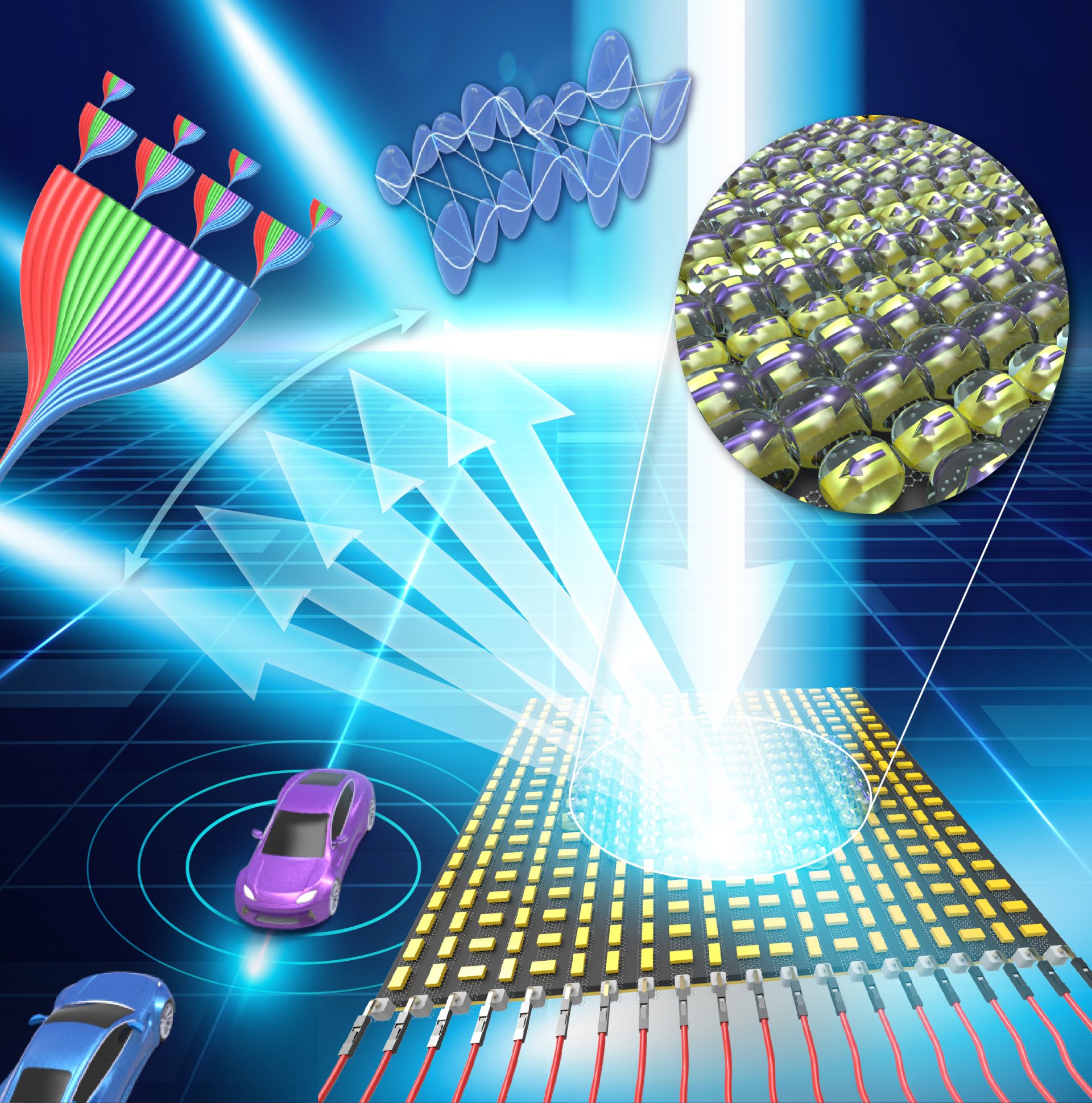
Pin Chieh Wu and Chia-Hsiang Lin published their research result on 《Nano Letters》. (Photo provided by Pin Chieh Wu)
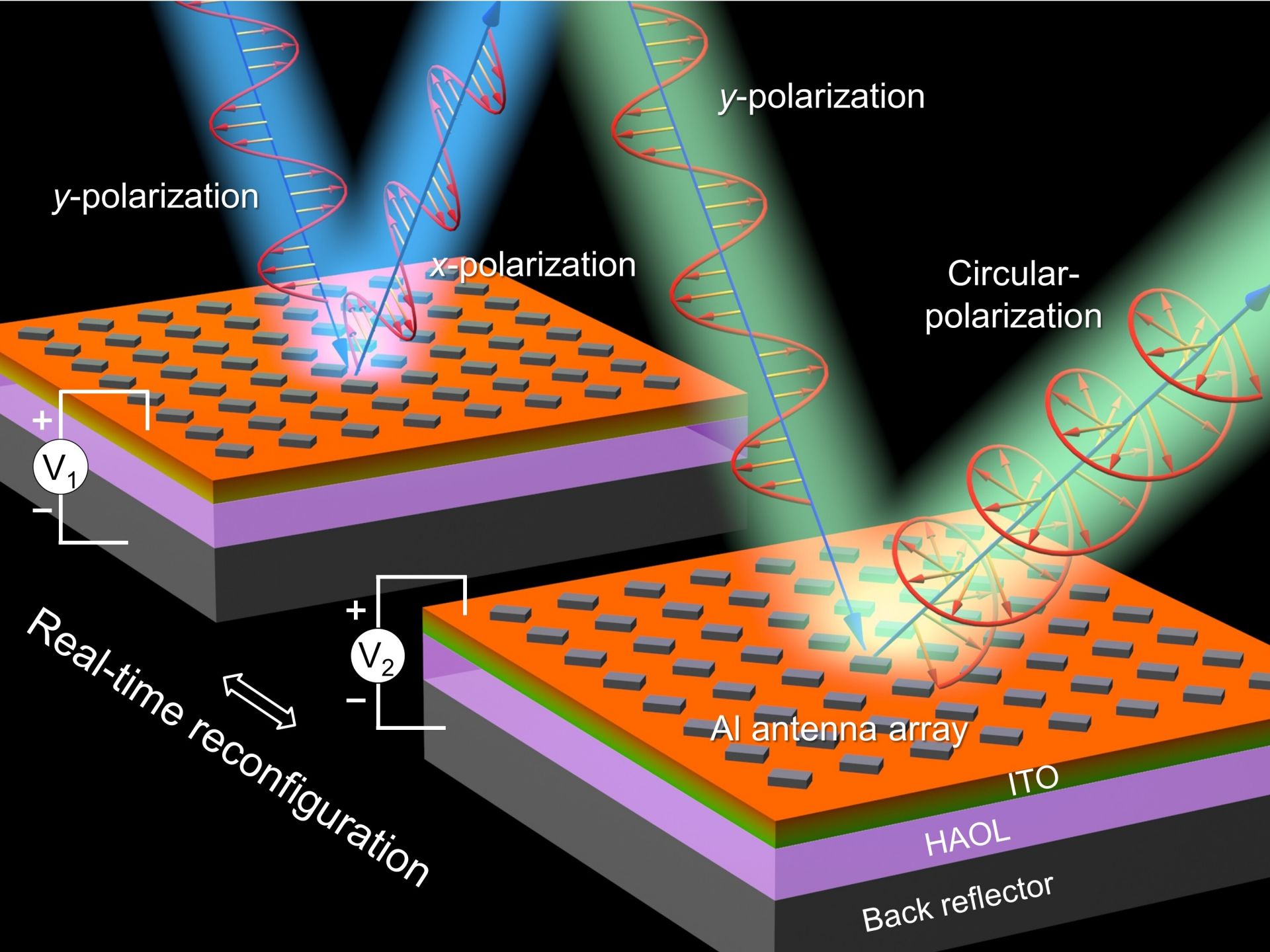
Pin Chieh Wu and Prof. Harry Atwater of California Institute of Technology published their research result on《Advanced Optical Materials》in 2021. (Photo provided by Pin Chieh Wu)
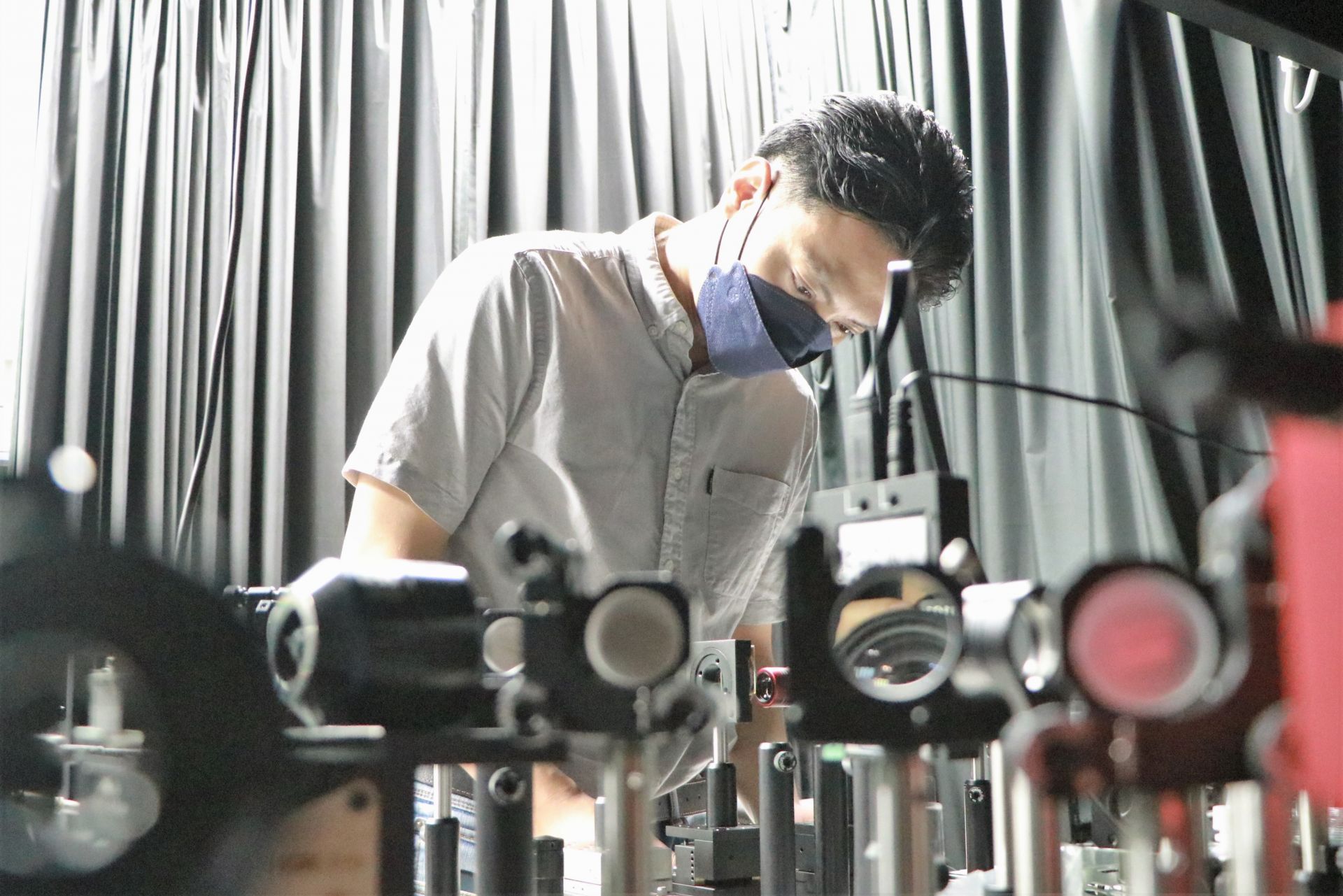
Pin Chieh Wu developed his interest in Optics in his university period, and he now continues to explore the infinity of metasurfaces.
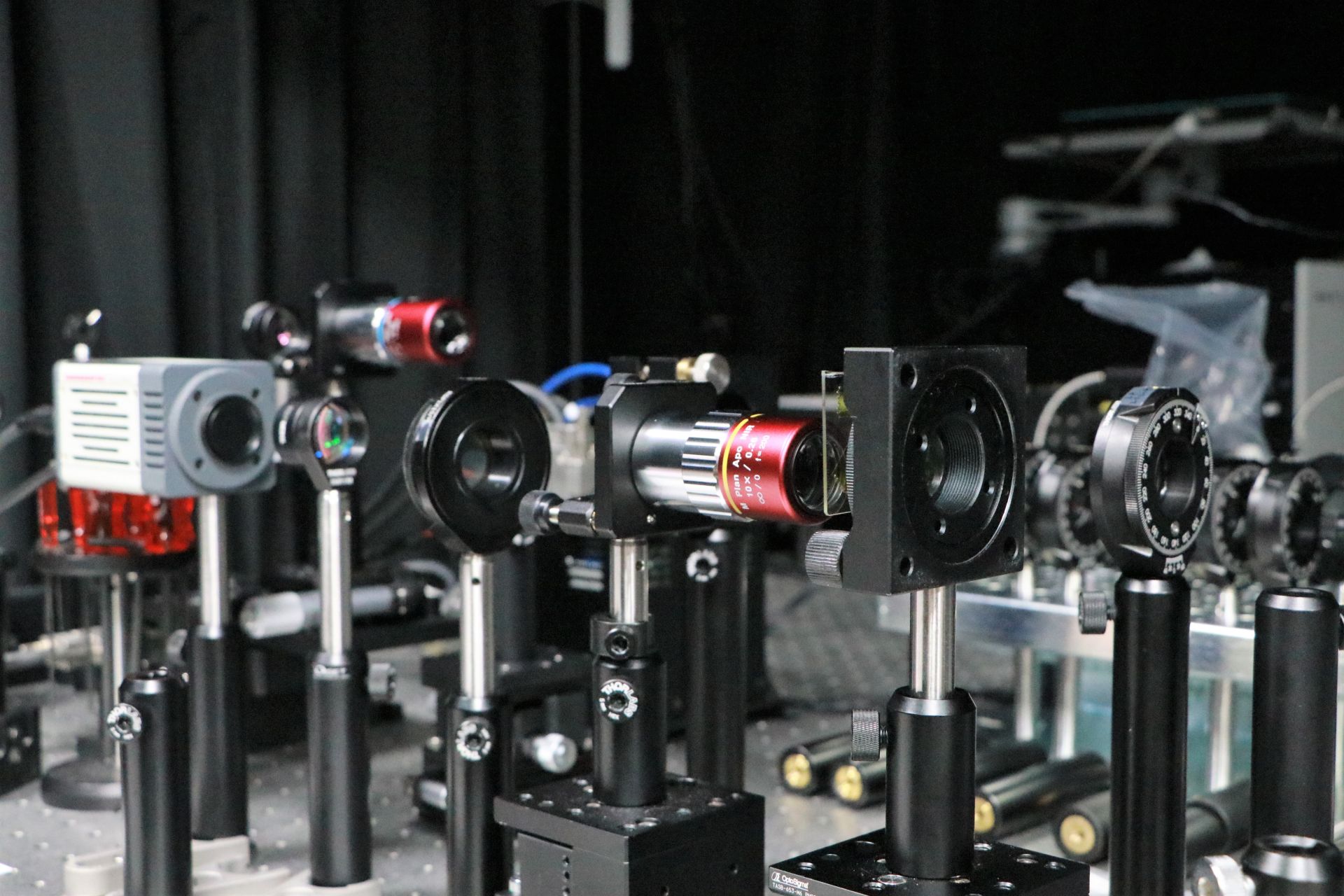
There are many optical instruments in Pin Chieh Wu’s lab, and he mainly focuses on the Research on nano-optics and nano-photonics from fundamental physical analysis to practical applications.



